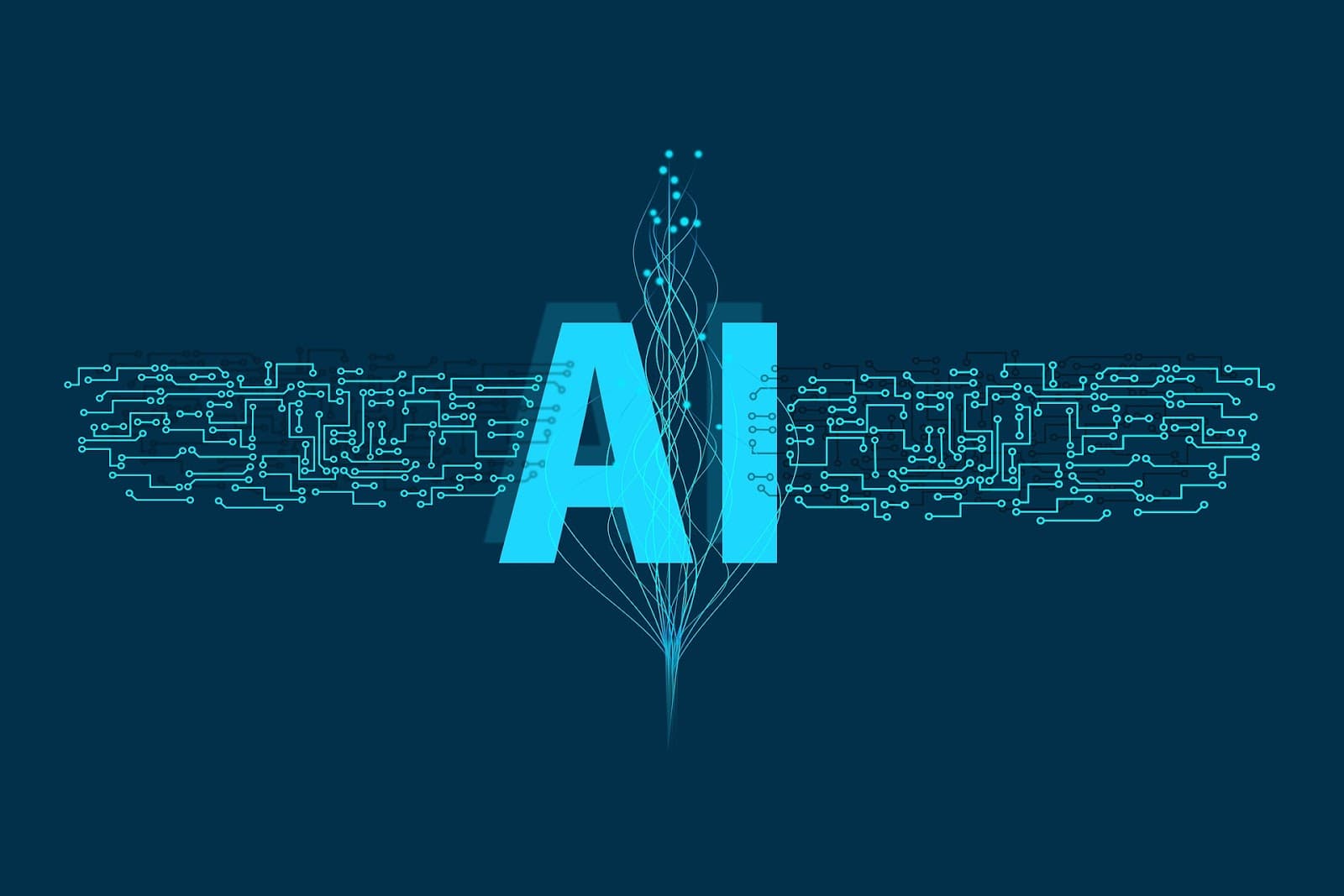
What is Cybersecurity
In today’s world, cyberthreats are increasing rapidly. Global media news feeds are reporting on new incidents every day. Businesses and government agencies are trying to withstand a barrage of attacks, hackers are emptying the bank accounts of ordinary citizens, and therefore reliable protection against the threats of the digital world is becoming a basic need. Let’s understand what cybersecurity is and why it is so important to all of us.
Cybersecurity is the protection of Internet-connected systems (hardware, software and data) from cyber threats.
How cybersecurity differs from information security
The terms “cybersecurity” and “information security” are often used synonymously. However, in reality, these terms are very different and are not interchangeable. Cybersecurity refers to protecting against attacks in cyberspace, while information security refers to protecting data from all forms of threats, whether they are analog or digital.
What Cybersecurity Interests Include
Cybersecurity practices can be applied to a wide range of areas, from industrial enterprises to the mobile devices of ordinary users:
- Critical infrastructure security – measures to protect computer systems, networks of critical information infrastructure (CII) facilities. CII objects include electric grids, transportation networks, automated control systems and information and communication systems, and many other systems whose protection is vital to the security of the country and the well-being of citizens.
- Network security – protecting the underlying network infrastructure from unauthorized access and misuse, as well as from information theft. Technology includes the creation of a secure infrastructure for devices, applications, and users.
- Application security – security measures applied at the application level and aimed at preventing theft, hacking of data or application code. Techniques cover security issues that arise during application development, design, deployment, and operation.
- Cloud security is an interrelated set of policies, controls, and tools to protect cloud computing systems from cyber threats. Cloud security measures focus on securing data, online infrastructure, and applications and platforms. Cloud security shares a number of concepts with traditional cybersecurity, but it also has its own best practices and unique technologies.
- User education. An information security awareness program is an important measure in building strong company protection. Employee digital hygiene compliance helps strengthen endpoint security. For example, users who are informed about current threats will not open attachments from suspicious e-mails, will refuse to use untrusted USB devices and will stop sticking login and password stickers on the monitor.
- Business continuity disaster recovery (planning) – a set of strategies, policies, and procedures that determine how an organization should respond to potential threats or unforeseen disasters in order to properly adapt to them and minimize negative consequences.
- Operational security is the security and risk management process that prevents sensitive information from falling into the wrong hands. Operational security principles were originally used by the military to keep sensitive information out of the hands of the enemy. Nowadays, operational security practices are widely used to protect businesses from potential data breaches.
Types of cybersecurity threats
Technology and cybersecurity best practices protect critical systems and sensitive information from the rapidly growing volume of sophisticated cyber attacks.
Below are the main types of threats that modern cybersecurity combats:
Malicious Software (MS)
Any program or file that can cause damage to a computer, network, or server. Malware includes computer viruses, worms, Trojans, ransomware, and spyware. Malware steals, encrypts and deletes sensitive data, alters or hijacks basic computing functions, and monitors computer or application activity.
Social Engineering
A method of attack based on human interaction. Attackers gain the trust of users and force them to violate security procedures and give up sensitive information.
Phishing
A form of social engineering. Scammers send emails or text messages to users that resemble messages from trusted sources. In mass phishing attacks, attackers lure users with bank card data or credentials.
Targeted attack
A prolonged and targeted cyber attack in which an attacker gains access to a network and remains undetected for an extended period of time. Targeted attacks are usually aimed at stealing data from large enterprises or governmental organizations.
Insider Threats
Security breaches or losses triggered by insiders – employees, contractors or customers – with malicious intent or through negligence.
DoS, or denial-of-service attack
An attack in which attackers try to make it impossible to provide a service. In a DoS attack, malicious requests are sent by a single system; a DDoS attack comes from multiple systems. The attack can block access to almost anything: servers, devices, services, networks, applications, and even certain transactions within applications.
Stalker software
Software designed to surreptitiously spy on users. Stalker applications are often distributed under the guise of legitimate software. Such programs allow intruders to view photos and files on the victim’s device, peek through the smartphone’s camera in real time, learn location information, read messenger correspondence, and record conversations.
Cryptojacking
A relatively new type of cybercrime in which malware hides in a system and steals a device’s computing resources so attackers can use them to mine cryptocurrency. The process of cryptojacking is completely hidden from users’ eyes. Most victims begin to suspect something is wrong when they notice an increase in their power bills.
Supply Chain Attacks
Supply chain attacks exploit the trusting relationship between an organization and its counterparties. Hackers compromise one organization and then move up the supply chain to gain access to another’s systems. If one company has a robust cybersecurity system but has an untrusted trusted vendor, attackers will attempt to hack into that vendor to then penetrate the target organization’s network.
Machine Learning and Artificial Intelligence Attacks
In these attacks, the attacker tries to trick the machine algorithm into giving the wrong answers. Cybercriminals usually use “data poisoning” by offering a deliberately flawed sample for training the neural network.
Cybersecurity goals
The primary goal of cybersecurity is to prevent information from being stolen or compromised. The triad of secure IT infrastructure – confidentiality, integrity, and availability – plays an important role in achieving this goal. Confidentiality in this context refers to the set of rules that limit access to information. Integrity ensures that information is accurate and reliable. Accessibility, in turn, is responsible for reliable access to information by authorized individuals. Looking at the principles of the triad together helps companies develop security policies that provide strong protection.
Classes of cybersecurity products
Vendors offer a variety of products and services for security:
Infrastructure security (infrastructure security)
- Security information and event management (SIEM) tools
- Cyber threat intelligence (TI) tools
- Security orchestration, automation and response (SOAR) tools
- Industrial control system (ICS) security
- Incident response platform (IRP)
- Governance, risk and compliance (GRC) platform
Network security
- Firewalls (firewall, next generation firewall (FW, NGFW)
- Unified threat management (UTM) solutions
- Intrusion detection/prevention system (IDS/IPS)
- Network traffic analysis (NTA)
- Network access control (NAC)
- Defenses against advanced and unknown cyber threats (network detection and response (NDR))
- Security gateways (secure web gateway, secure mail gateway (SWG, SMG))
- Network sandboxes
- Virtual private network (VPN)
Application security
- Vulnerability assessment (VA) monitoring and assessment tools
- Vulnerability management (VM) tools
- Application security testing (AST) tools for finding vulnerabilities in software source code
- Web application firewall (WAF)
- DDoS protection (DDoS protection)
Data security (data security)
- Unauthorized access protection (UAP)
- Data loss prevention (DLP)
- Encryption (encryption)
User security (user security)
- Identity and access management, identity governance and administration (IAM, IGA)
- Privileged access management (PAM) tools
- Public key infrastructure (PKI) means for cryptographic protection of user information (including electronic signature means)
Protection of workstations, endpoints (endpoint security)
- Antivirus protection (AVP)
- Endpoint detection and response (EDR) systems
In lieu of a conclusion
Business people will tell you that cybersecurity is lucrative. The boom in demand for security solutions has sparked record sales growth.
Economists and investors will clarify: IS is an attractive industry, a fast-growing segment of the IT-industry, producing innovative, high-margin products.
Customers will note that in the current situation, security solutions have become a lifeline for them, keeping their businesses from drowning during the cyberstorm.
Developers creating products that protect against the most pressing cyber threats. Enthusiasts who find vulnerabilities before hackers find them, leaving cybercriminals no chance. Finally, teams of highly trained IS specialists who do everything they can to prevent cyberattacks.





